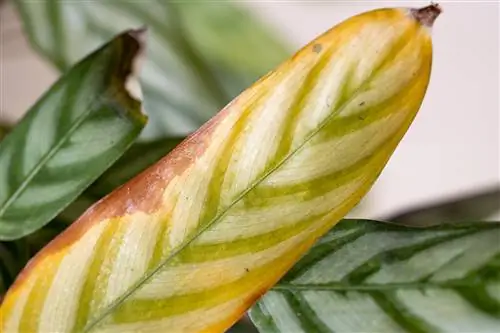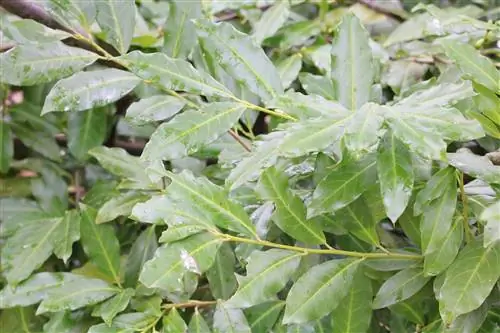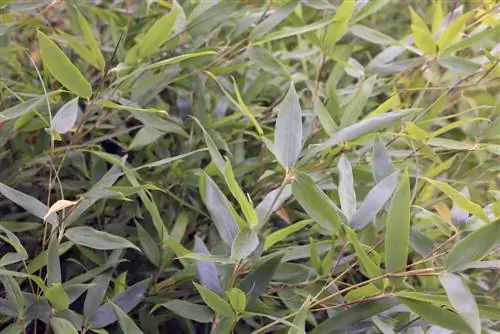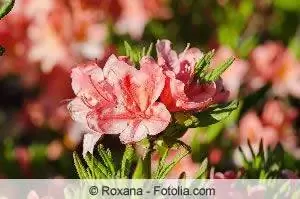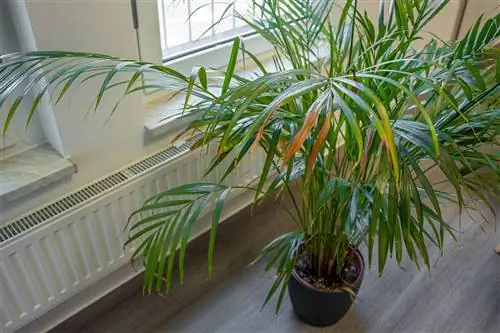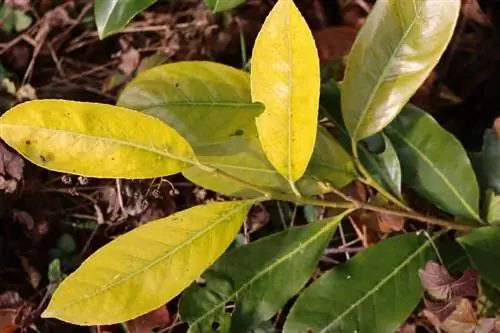- Author admin [email protected].
- Public 2023-12-17 03:39.
- Last modified 2025-01-24 12:45.
If a Calathea (Calathea) gets yellow leaves, the cause is usually due to care errors. To save them from dying, some countermeasures must be taken, which are described in detail here.
Causes
The causes of yellow leaves are usually due to human errors, which primarily concern care and the right site conditions, but also pest infestations:
- incorrect irrigation
- too low humidity
- poor lighting conditions
- Temperature fluctuations
- fertilizer doses too high
- Pests
Rescue measures
Because the cause is not always clearly visible, when saving a Calathea, all possible factors should be taken into account, controlled and corrected according to the plant's requirements.
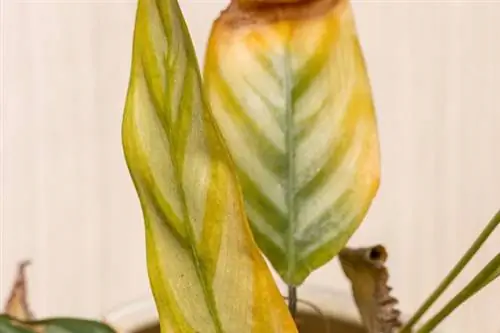
Location inspection
The ideal location is vital for martens. Yellow leaves are often due to suboptimal conditions at the location, which is why these need to be checked first and changes made if necessary:
- direct sunlight: Place the plant at least 1 meter away from the window, avoid south-facing windows, protect with curtains, roller blinds, awnings, blinds
- insufficiently high humidity: Place humidifier or water bowl next to plant, protect from dry heating air
- Temperature fluctuations: Avoid drafts, place plants protected in window openings
- temperature too low: provide at least 16 degrees Celsius ambient temperature; do not shower with cold water
Nursing exam
The Calathea is considered a very robust and easy-care plant. However, it reacts with yellow leaves if its owners mean too well and/or make care mistakes. In order to save a wicker marant with yellow leaves, you should check the following care attributes so that the plant can recover. In some cases, targeted countermeasures are necessary:
Irrigation
The Calathea needs permanently slightly moist soil without being completely soaked, as this, like soil that is too dry, leads to yellow leaves.
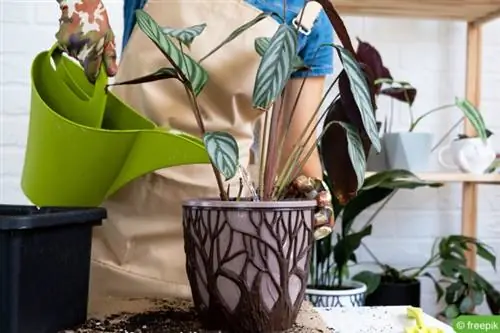
If the surface of the earth is easily dented or is even muddy, it has too much water. She should unpot them and remove the wet soil. It should then be placed in fresh, dry substrate and watered lightly again after a few days.
If you can press less than two centimeters into the surface of the earth with your finger, the earth is completely dry. The longer this condition has existed, the more important it is that she receives plenty of water quickly. The best way to do this is to pot up the plant and immerse the roots in a bucket of water until no more air bubbles appear. It should then be placed in a fresh, loose substrate and ideally watered less frequently but more vigorously.
Tip:
Use rainwater for watering, as tap water contains minerals such as magnesium, which settle on the soil and can impair the roots' ability to absorb water.
fertilizer problems
The Calathea prefers a slightly acidic soil environment with a pH of around 6.5. If you fertilize too often or with the wrong fertilizer so that the soil becomes too acidic, the Calathea leaves will quickly turn yellow. If far too much fertilization has been carried out, the plant can usually only be saved by removing it from the over-fertilized soil, carefully washing off the roots and planting it back in fresh, nutrient-rich substrate. In the future, liquid fertilizer should be administered a maximum of once a month during the growing season. Fertilization should be stopped from late summer or early autumn.
Pests
If there is a disease or pest infestation, this can be identified quite accurately and allows targeted control measures.
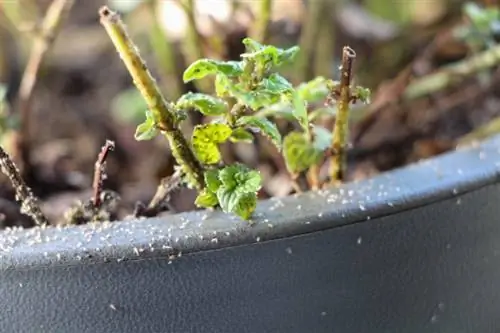
Yellow leaves on a Calathea are caused in over 90 percent of all cases by voracious spider mites that suck nutrients from the leaves. The tiny parasites, one millimeter in size, can be seen on the undersides of the leaves. They get their name from the sticky, white webs that they stretch over leaves and stems. Quick action is required here to save the plant. This works best with a canola oil treatment prepared and used as follows:
- Mix 1 part rapeseed oil and 4 parts water
- Add a few squirts of dishwashing liquid (to create tension and hold the liquid on leaves and parasites)
- Pour the mixture into the spray container and spray the plant until it is dripping wet, especially the undersides of the leaves
- repeat every two days for a week
- cut off damaged, yellow leaves
- Finally, give the plant a lukewarm shower to avoid sticking from detergent and rapeseed oil
Note:
Mealybugs, fungus gnats as well as aphids and scale insects are also possible “culprits” for yellow leaves. These are also easy to combat with the rapeseed oil mixture because it clogs the parasites' respiratory tract and causes suffocation.
Frequently asked questions
Why isn't cutting off the yellow leaves on Calatheas enough?
Yellow leaves are always a plant reaction to a risky cause. Cutting them off doesn't solve this and yellow leaves continue to form, which can lead to the Calathea dying.
Why do yellow leaves often turn brown?
Yellow leaves are usually caused by a lack of supply. Sooner or later this also includes the water supply to the leaves, which is why they then turn brown and dry out. Sometimes they fall off beforehand.

